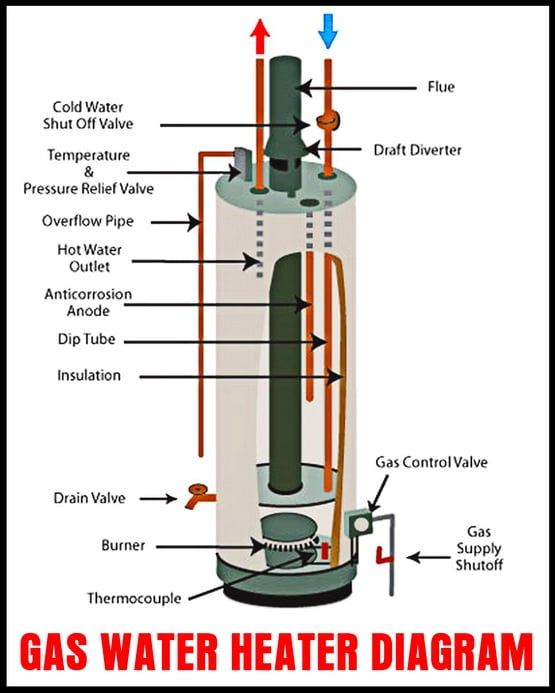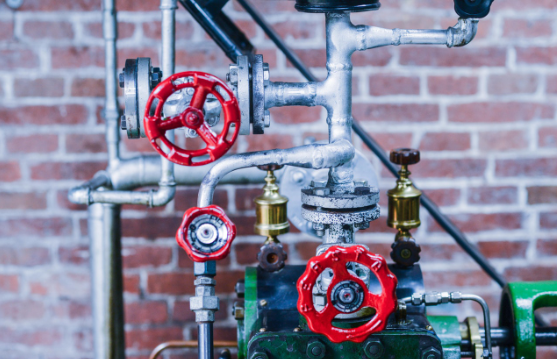You may have discovered that those long, hot showers you are used to aren’t possible anymore. Maybe your water heater is leaking, or the appliance just stopped working. This means it’s probably time to replace your water heater.
A water heater has an average lifespan of 8 to 12 years. When replacing your water heater, make sure you pick the best gas water heater that will handle your needs. Also, do not forget to check the annual cost of operation for the unit. For a gas water heater, make sure that all the plumbing conforms to the local plumbing code. This article provides you with four tips to replacing your gas water heater.
Shut off the Gas. Turn off the water at your home’s main water shutoff valve or the shutoff valve at the cold water supply line running to the water heater. Then, shut off the gas supply. Use the shutoff valve on the gas pipe nearest to the water heater.
Drain the Water Heater Tank. Look for a garden hose and attach it to the drain valve at the bottom of the water heater. Run the other end of the tube outside and open the drain valve. Allow the tank to drain completely before turning off the valve and removing the tube. Disconnect the water heater by disconnecting the gas line to the water heater. Disconnect the vent pipe from the draft hood on the top of the heater.
Remove and Replace the Water Heater. Call for an assistant to help you load the water heater onto the appliance dolly and remove the old unit. Clean the floor where the old heater was attached. Place the new water heater into position, making sure that it lines up with the existing plumbing. Shim under the legs to level the new water heater.
Reinstall other Fittings. Reinstall every fitting that comes with the water heater including the temperature and pressure relief valve and the discharge drainpipe.
Connect the cold-water inlet and the hot water outlet on the water heater to the cold and hot water pipes. Make sure you use the correct type of fittings. Now you can connect the gas line to the gas burner control valve using a flexible gas line.
Turn on the gas supply and check for any leaks by brushing a soapy water solution onto the gas union and all gas joints. If you notice any bubbles, the connection is leaking, and you need to tighten it to prevent gas loss. If you realize that you cannot get a good seal without the bubbles, consider calling a plumber for assistance.
Follow the manufacturer’s instructions and attach the vent pipe to the draft hood on the water heater. Now you can set the water heater temperature and enjoy your hot shower.
If you are gone for more than five days, look for the “vacation” option on the temperature knob and set it at this. Your water and heating bill will get some rest while you are away.









